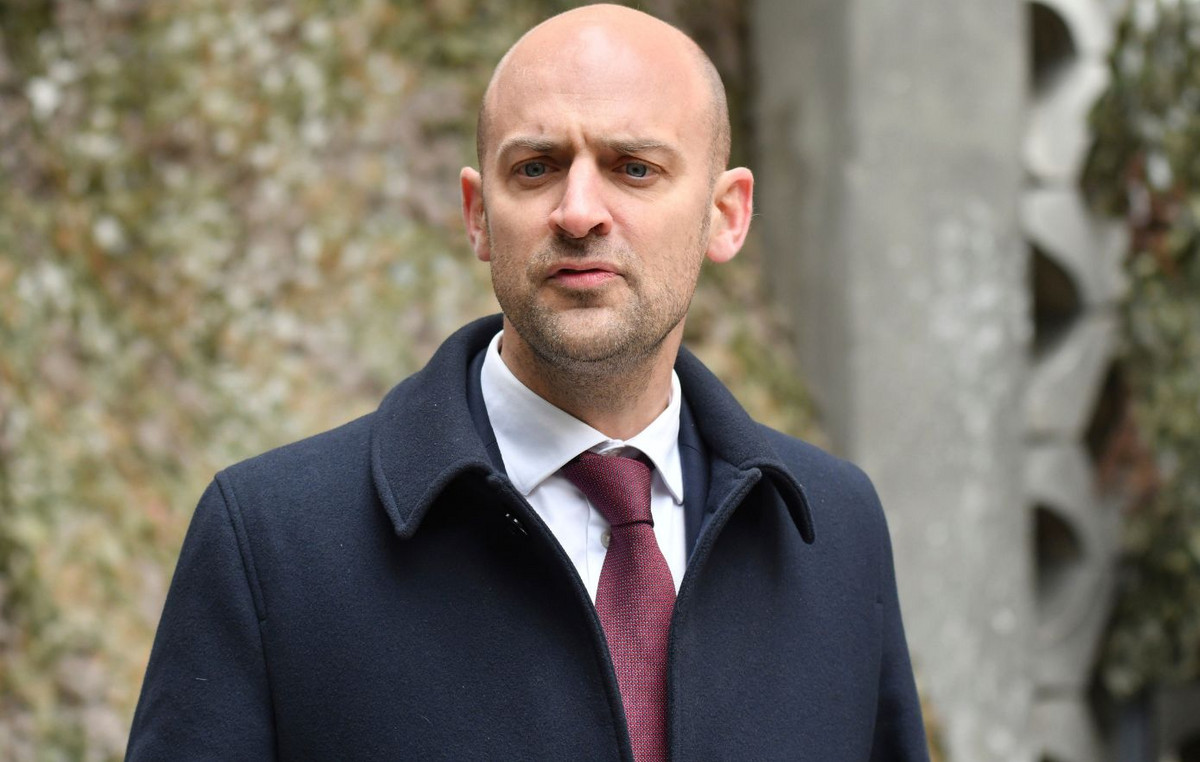More spectators at the theater and concerts, more visitors in museums and archaeological sites, 60 million entrances in state museums, 843 thousand professionals employed in culture and a preference of 63.2% of the presences for Municipalities with cultural vocation. These are some of the numbers of the cultural tourism in Italy according to the data of the 21st annual report Federculture “Culture company”the volume made with the contribution of the Cariplo Foundation, which takes stock of the state of the Italian cultural system, through Updated data on consumption, funding, employment and cultural tourism.
: «The annual relationship has strengthened the awareness that culture represents the identity and national cohesion, the exercise of research and the comparison of knowledge and knowledge, the daily practice of citizens, in particular of young people. A real “cultural welfare” fundamental for society and the country, which must be supported and made to grow, “he commented Andrea Canceled President of Federculture «For this reason we in the years placed in the attention of the decision -making concrete proposed with a constructive and collaborative spirit. Among these, in June one of our requests reached the finish line: the cut of VAT for works of art from 22 to 5%. A measure of great importance capable of revitalizing a sector of culture, that of the trade in works of art, in a very strong crisis, but which will acquire an absolute importance when it will be a special one equal to all the products of culture, useful to encourage the cultural participation of all citizens “.
The numbers of culture
In particular, 11.6% grow compared to 2023, and 6.6% compared to 2019 the users of theatersbut also the season of concerts He lives a real moment of boom by scoring +14.5% on the last year and +20% on the five -year period. Less wide, but still significant, The growth of the trend of use of museums and exhibitions ( +3.5% vs 2023, and +3.8% vs 2019) e that of archaeological sites and monuments who sell visitors by +4.4% on 2023 and +10.7% compared to 2019. In the sector of cinemaInstead, although in 2024 the use grew by +11.7% on 2023, there is a negative variation of -9% compared to the year (prepandemia) of 2019.
Are the younger generations (aged between 6 and 24) to prove more interested in participating in cultural activitieswith levels of adhesions on average above 10% on average compared to those of the population as a whole.
Museums: 60.8 million visitors in 2024
In 2024 the state museums recorded 60.8 million visitorsfor a value of gross income equal to 382 million euros. These are never previously recorded values and superior, not only compared to those of 2023 ( +5.4% visitors, +21.7% revenues), but also if compared with the excellent numbers of 2019 ( +11% and +57.6%). Among the state sites to make the lion’s part in terms of visitors and revenues are the autonomous museums which in 2024 welcomed 44.7 million visitors and made 316 million gross income. In the ranking of the major attractors it affects the data of the Colosseum which is historically the most visited site in Italy, but that In 2024 he saw his visitors increase by 20% on 2023 and 93.4% compared to 2019practically a doubling.
Cultural Tourism: the boom of foreign presences (and the problem of the loveourism)
Culture is confirmed as the main engine of tourist demand so much so that in 2024, Municipalities with cultural vocation touch 63.2% of appearanceswith an incidence equal to about 57% of the total of the foreign tourist component, who chooses Italy precisely for the richness of the places and the uniqueness of the cultural offer. The increase in tourist flows is driven by foreign presences that, according to Istat data, in 2024 reached 254 million (+8.4% compared to 2023). The growth of presences from abroad, which echoes the increase in internal tourism, makes targeted programming and interventions, to prevent the increase in tourism genres negative effects on the locations concerned, at the expense of the quality of life of the residents, the environment and the protection of cultural heritage. This phenomenon, known as Overurismit also brings with it the uncontrolled diffusion of short tourist rents, especially in the cities of art.
Despite the critical issues that this entails for resident families, one cannot fail to ascertain that the growth of temporary rents has expanded the demand by diversifying the demand and consequently supporting cultural tourism. Over the past 15 years, temporary rents have generated 30,000 more appearances per year on average. This is even more evident in the less developed internal areas, in which this model represents A concrete opportunity for tourist growth and economic developmentwith a reduced environmental impact thanks to the minimization of soil new consumption. To ensure sustainable cultural tourism, capable of enhancing the assets without compromising it, however it is essential to adopt integrated and coordinated strategies, clear and shared rules and a strong investment in governance, research and innovation.
The 3,000 festivals and the Italian capital of culture
Italy is one of the world’s richest countries in the festival. Although there is no real census. At least 3,000 initiatives distributed throughout the territory. Festivals offer opportunities for authentic deepening in an often superficial information panorama, combined with a profound need for sharing live experiences.
Festivals determine important repercussions on the cities that host them, primarily for tourism and media visibility of the locations, but also for socio-economic and employment repercussions. Also the appointment a Italian capital of culture has an immediate effect in terms of cultural tourism. On the one hand, the events and temporary opportunities to offer citizenship and tourists shows, events and cultural events, on the other hand, are increasing, on the other there are important repercussions on the local economy.
It is very interesting to note how this development trend starts starting from what is called “Proclamation effect “. Already following the designation, a positive effect on tourism is often produced. As a rule, in the year in which the Italian capital of culture is proclaimed, the increase in arrivals compared to the previous year is on average by 5%. Considering the year of the title – Instead – The average increase is +16% in terms of tourist arrivals and +12% of presences. This effect does not end and has a more or less long wave in the following years with an average increase in arrivals in the order of 15% and 9% in the second year.
843 thousand culture professionals
According to Istat for the year 2024 they are estimated 843 thousand employed in the equal cultural field at 3.5% of the total employment. This figure positions Italy below the community average (3.8%) and in line with the values of other countries, such as Spain, Hungary, and Poland (3.6%) which are in twentieth place in the general classification of EU countries. Compared to other community countries, Cultural occupation in Italy involves the youngest age group less: On the total of employees in the cultural field, the share of the 15-29nni is equal to 12.8% (vs 18.1% of the European average). This percentage positions our country in the penultimate place in the EU ranking. Conversely, the share of Over50 employed is equal to 38.6% and places Italy in the first place in the ranking, near Germany and Bulgaria. Our country also holds another primacy: the one by incidence of self -employed workers. Almost half of those who carry out a profession of cultural sphere have an independent employment (46.3%) against a European average below 32%.
Art Bonus: 1.08 billion in 10 years
Amount to 1.08 billion (given to April 30, 2025) The liberal disbursements received in this decade by the eligible bodies recorded on the portal Art bonusthe measure that has allowed companies and private individuals to contribute to the support of the Italian cultural heritage, obtaining a 65% of the liberal disbursements made in return in return. A satisfactory result according to Federculture which also explains the revolutionary scope of this rule.
There are several types of patrons who have decided to invest in culture. The companies, for example, contributed with more than 12,000 liberal disburses on average attested on 41,000 euros for a total of over half a billion euros. A trend that testifies the absolutely positive trend with which the annual disbursements have gone from 50.5 million to 80 million. These data testify how companies are increasingly active subjects in the social fabric and protagonists of the enhancement of the country’s historical artistic heritage. Among the objectives of the fiscal incentive there was also the involvement of private individuals and individual citizens. They amount to 29 thousand disbursements by natural persons, since it exceeds 60% of the total of the disbursements reaching i 50 million euros. The majority of people who choose to donate for culture do so with fairly accessible amounts: in 31% of cases the donations are between 10 and 100 euros, while in 52% of cases between 100 and 1,000 euros. The role of the Foundations of banking origin They play an important role in the art bonus match. They contributed on average with donations equal to 50 million euros per year in fact becoming real sustainable development agents for their territories.
Source: Vanity Fair
I’m Susan Karen, a professional writer and editor at World Stock Market. I specialize in Entertainment news, writing stories that keep readers informed on all the latest developments in the industry. With over five years of experience in creating engaging content and copywriting for various media outlets, I have grown to become an invaluable asset to any team.







